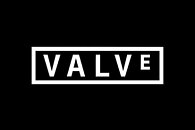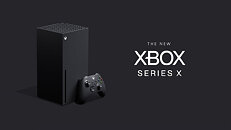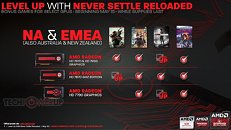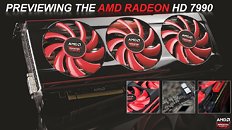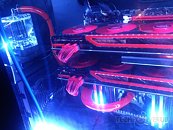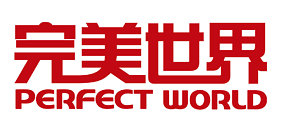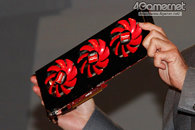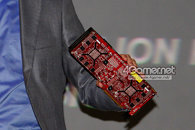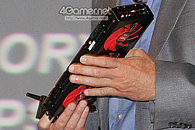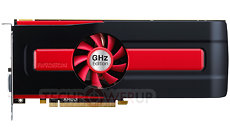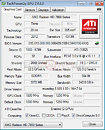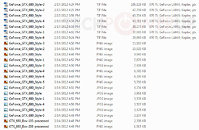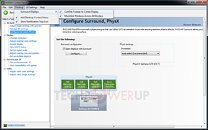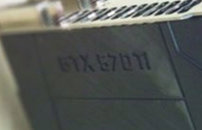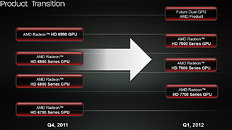Path of Exile 2 Dev Presents Bosses & Monsters
During ExileCon 2023, several of our developers gave presentations on their area of expertise in game development. We'll be publishing these talks in our news over the coming weeks, starting with a presentation on the Bosses and Monsters of Path of Exile 2 by Game Director Mark Roberts. In this video, Mark discusses the various aspects of boss design in Path of Exile 2, showcases some bosses from Path of Exile 2, and invites members of the audience to test their might against the bosses on stage. Check it out below!
Path of Exile 2 is a next generation Action RPG created by Grinding Gear Games. Set years after the original Path of Exile, you will return to the dark world of Wraeclast and seek to end the corruption that is spreading. Path of Exile 2 is a free-to-play online multiplayer game with co-op for up to six players. Path of Exile 2 is a separate game to the original Path of Exile. We will continue to offer expansions for both games going forward. They are completely free-to-play and will never be "pay to win". Purchases are shared between the two games. Launching on PC, macOS, Xbox Series X/S and PlayStation 5.
Path of Exile 2 is a next generation Action RPG created by Grinding Gear Games. Set years after the original Path of Exile, you will return to the dark world of Wraeclast and seek to end the corruption that is spreading. Path of Exile 2 is a free-to-play online multiplayer game with co-op for up to six players. Path of Exile 2 is a separate game to the original Path of Exile. We will continue to offer expansions for both games going forward. They are completely free-to-play and will never be "pay to win". Purchases are shared between the two games. Launching on PC, macOS, Xbox Series X/S and PlayStation 5.












